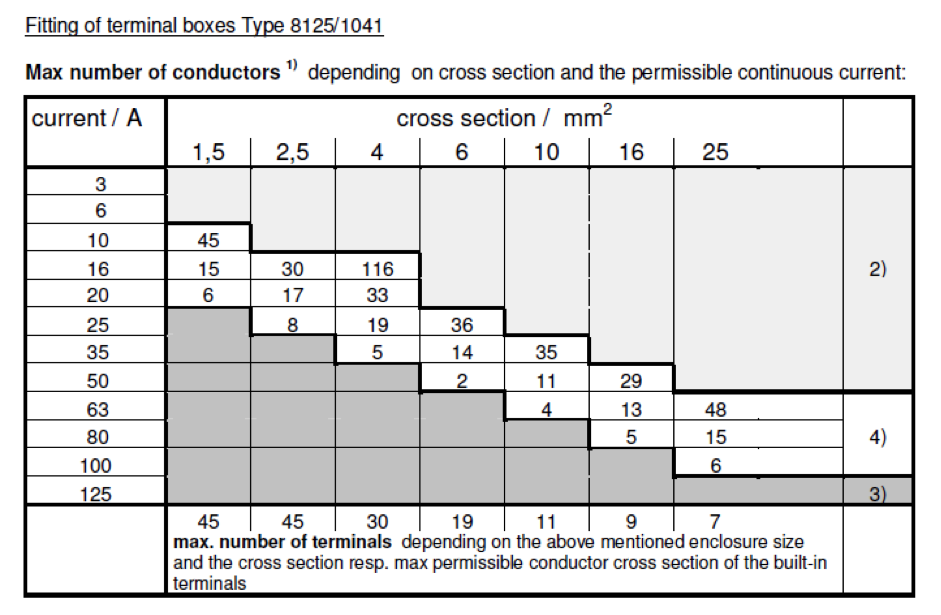The Ultimate Guide To Roar Solutions
The Ultimate Guide To Roar Solutions
Blog Article
Some Known Facts About Roar Solutions.
Table of ContentsThings about Roar SolutionsRoar Solutions Fundamentals ExplainedThe Only Guide to Roar Solutions
In order to shield installations from a prospective explosion an approach of evaluating and identifying a potentially dangerous location is needed. The purpose of this is to ensure the appropriate choice and installation of equipment to inevitably stop a surge and to ensure security of life.
(https://www.domestika.org/en/roarsolutions)
No devices must be mounted where the surface temperature of the equipment is more than the ignition temperature of the given risk. Below are some typical dust dangerous and their minimum ignition temperature. Coal Dirt 380C 225C Polythene 420C (melts) Methyl Cellulose 420C 320C Starch 460C 435C Flour 490C 340C Sugar 490C 460C Grain Dust 510C 300C Phenolic Resin 530C > 450C Aluminium 590C > 450C PVC 700C > 450C Soot 810C 570C The probability of the danger existing in a concentration high adequate to create an ignition will vary from place to location.
In order to identify this threat an installment is divided into locations of danger depending upon the quantity of time the harmful exists. These areas are described as Areas. For gases and vapours and dusts and fibers there are 3 zones. Area 0 Zone 20 A dangerous environment is extremely most likely to be present and may be existing for extended periods of time (> 1000 hours annually) or also constantly Area 1 Zone 21 A dangerous ambience is feasible but not likely to be present for long periods of time (> 10 450 C [842 F] A category of T6 implies the minimal ignition temperature level is > 85 C [185 F] Harmful area electric equipment perhaps made for usage in higher ambient temperature levels. This would suggested on the rating plate e.g. EExe II C T3 Ta + 60C( This indicates at 60C ambient T3 will not be exceeded) T1 T1, T2, T3, T4, T5, T6 T2 T2, T3, T4, T5, T6 T3 T3, T4, T5, T6 T4 T4, T5, T6 T5 T5, T6 T6 T6 A T Course score of T1 implies the maximum surface area temperature level generated by the instrument at 40 C is 450 C. Assuming the connected T Course and Temperature rating for the tools are suitable for the area, you can always use a tool with a much more rigorous Department ranking than needed for the area. There isn't a clear solution to this inquiry unfortunately. It really does depend upon the sort of tools and what repairs need to be performed. Equipment with specific test procedures that can not be performed in the area in order to achieve/maintain 3rd party rating. Must return to the manufacturing facility if it is before the tools's service. Area Fixing By Authorised Worker: Difficult testing may not be needed however particular procedures might need to be followed in order for the tools to maintain its 3rd party rating. Authorised employees should be used to execute the work correctly Repair need to be a like for like substitute. New part have to be thought about as a direct substitute needing no special screening of the tools after the repair is total. Each piece of tools with a hazardous score ought to be reviewed separately. These are detailed at a high level below, however, for even more thorough info, please refer directly to the guidelines.
6 Easy Facts About Roar Solutions Shown
The equipment register is a thorough data source of devices documents that consists of a minimum set of fields to recognize each thing's area, technical specifications, Ex lover category, age, and environmental information. The proportion of Detailed to Shut assessments will be identified by the Equipment Threat, which is analyzed based on ignition risk (the likelihood of a source of ignition versus the chance of a flammable environment )and the hazardous area classification
( Zone 0Area 1, or 2). Executing a durable Risk-Based Inspection( RBI )strategy is crucial for making certain conformity and safety and security in managing Electric Equipment in Hazardous Locations( EEHA).
The Best Guide To Roar Solutions

In terms of explosive danger, a hazardous location is a setting in which an explosive environment exists (or may be anticipated to be existing) in amounts that require special safety measures for the construction, installment and use of devices. eeha courses. In this post we check out the obstacles dealt with in the workplace, the threat control actions, and the required competencies to function safely
It is a repercussion of modern life that we produce, keep or handle a variety of gases or fluids that are regarded combustible, and an array of dirts that are considered flammable. These materials can, in certain problems, form explosive environments and these can have significant and terrible repercussions. The majority of us know with the fire triangular get rid of any type of one of the 3 aspects and the fire can not take place, yet what does this mean in the context of unsafe locations? When breaking this down into its easiest terms it is essentially: a combination of a certain amount of launch or leak of a particular material or material, combining with ambient oxygen, and the existence of a resource of ignition.
In the majority of circumstances, we can do little concerning the levels of oxygen airborne, however we can have considerable influence on resources of ignition, for instance electrical equipment. Hazardous areas are recorded on the unsafe location classification illustration and are recognized on-site by the triangular "EX-SPOUSE" sign. Right here, amongst various other essential information, areas are divided into three kinds relying on the threat, the probability and period that an explosive environment will exist; Area 0 or 20 is considered one of the most hazardous and Area 2 or 22 is considered the least.
Report this page